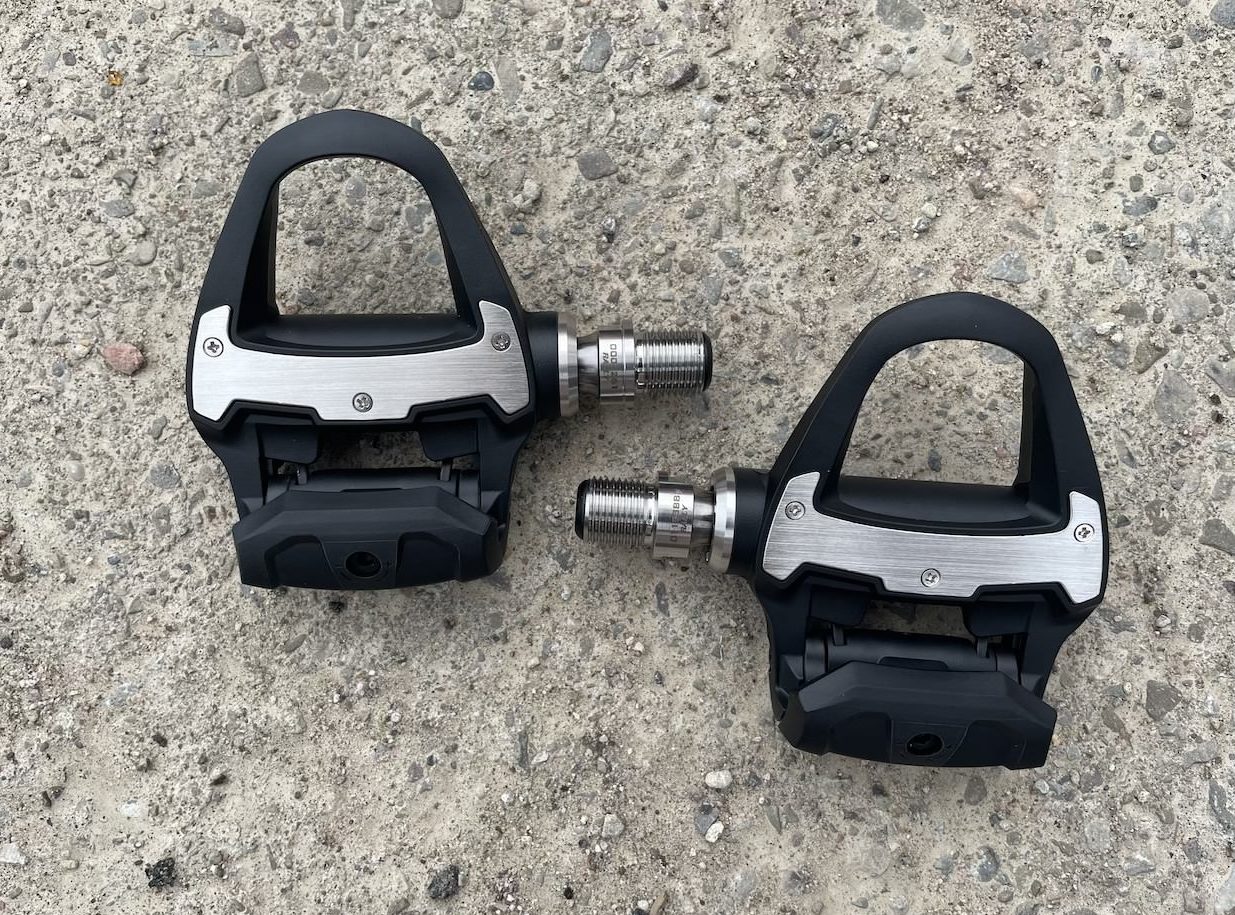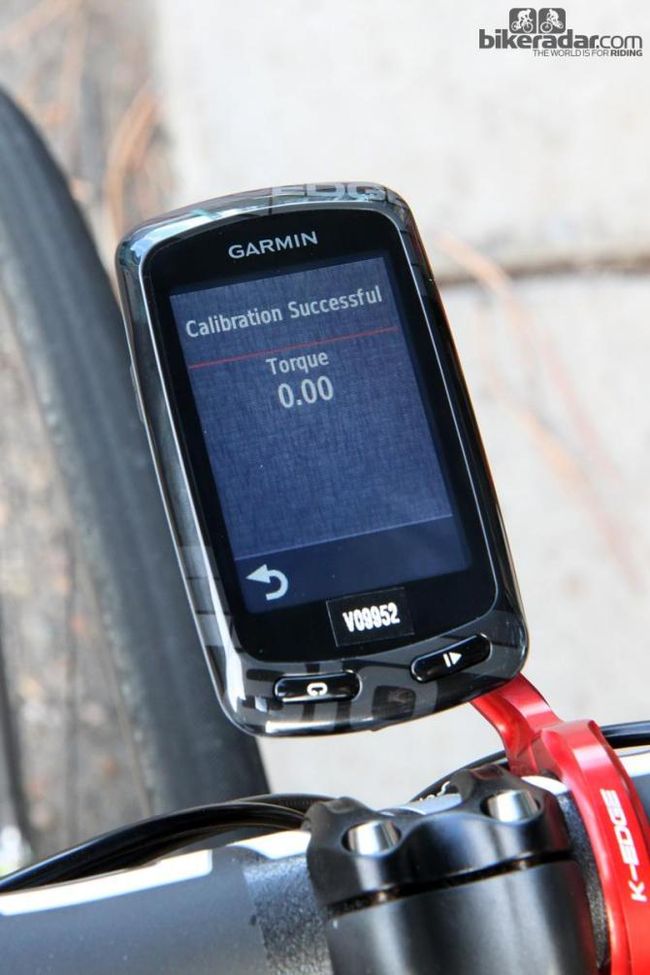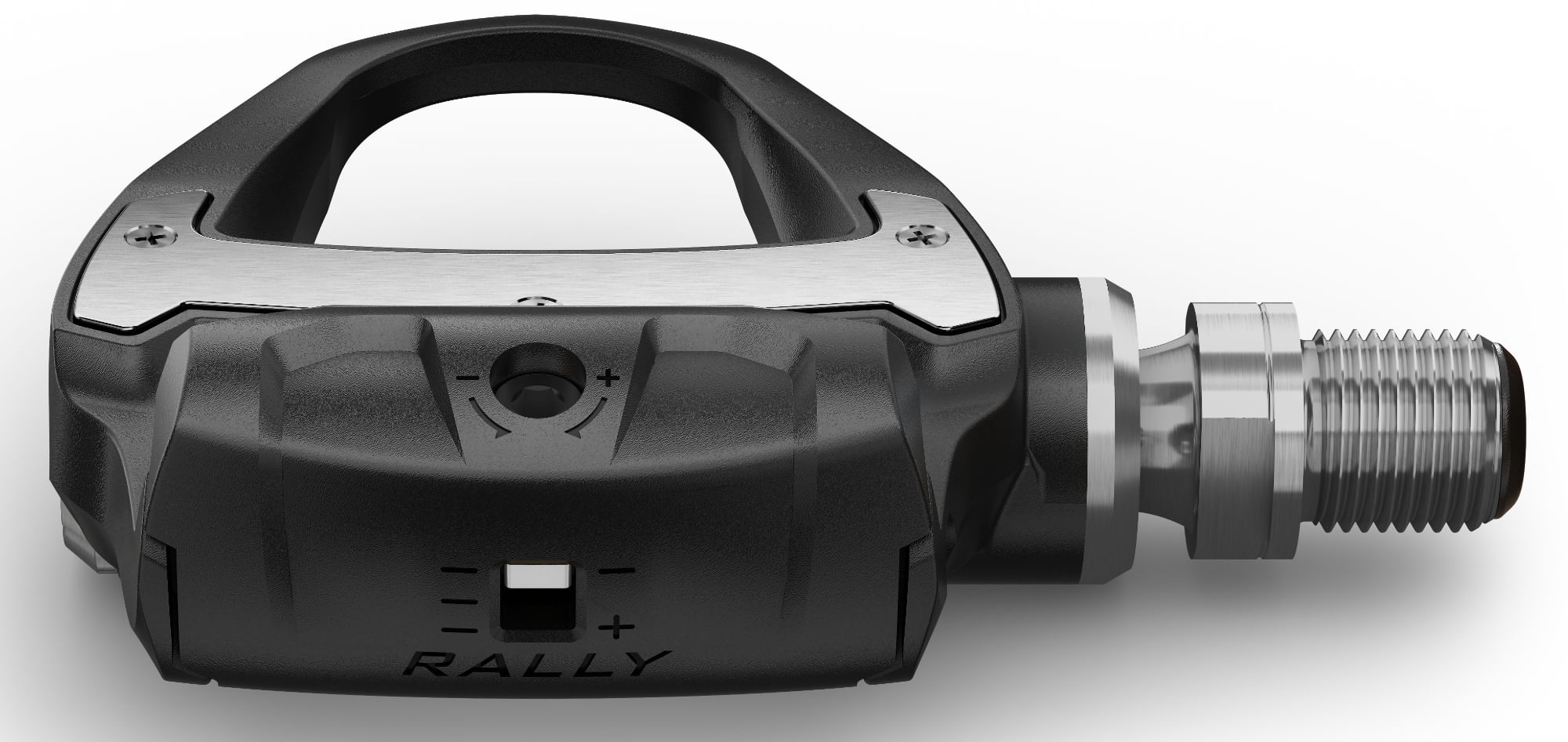What is a Pedal Power Meter and How Does it Work?
A pedal power meter is a device that measures the power output of a cyclist, providing valuable data to improve performance and optimize training. This innovative technology has revolutionized the way cyclists train, allowing them to fine-tune their workouts and gain a competitive edge. At its core, a pedal power meter measures the amount of energy a cyclist produces while pedaling, typically expressed in watts. This data is then used to calculate metrics such as average power output, peak power output, and power-to-weight ratio.
The science behind power measurement is rooted in the concept of torque and angular velocity. As a cyclist pedals, they apply a rotational force (torque) to the pedals, which is then converted into angular velocity (speed). By measuring the torque and angular velocity, a pedal power meter can calculate the power output of the cyclist. This data is then transmitted to a compatible device, such as a cycling computer or smartphone app, where it can be analyzed and used to inform training decisions.
One of the key benefits of using a pedal power meter is its ability to provide accurate and reliable data. Unlike heart rate monitors or perceived exertion, power output is a quantifiable metric that can be used to track progress and optimize training. Additionally, pedal power meters can help cyclists identify areas for improvement, such as inefficient pedaling technique or inadequate gearing. By addressing these issues, cyclists can optimize their performance and achieve their goals.
When it comes to choosing a pedal power meter, there are several options available, including the Garmin pedal power meter. This popular device is known for its accuracy, reliability, and ease of use, making it a top choice among cyclists. In the next section, we’ll take a closer look at the Garmin pedal power meter and explore its features and benefits in more detail.
How to Choose the Best Pedal Power Meter for Your Cycling Needs
With the numerous pedal power meter options available in the market, selecting the right one can be a daunting task. To make an informed decision, it’s essential to consider several factors, including compatibility, accuracy, and durability. In this section, we’ll provide a comprehensive guide on how to choose the best pedal power meter for your cycling needs.
Compatibility is a crucial factor to consider when selecting a pedal power meter. Ensure that the device is compatible with your bike’s crankset, pedals, and cycling computer or smartphone app. Popular brands like Garmin, Shimano, and SRM offer a range of pedal power meters that are compatible with various devices. For instance, the Garmin pedal power meter is compatible with most Garmin devices, including the Edge series and Forerunner series.
Accuracy is another critical factor to consider when choosing a pedal power meter. Look for a device that provides accurate and reliable data, with a high level of precision. The Garmin pedal power meter, for example, boasts an accuracy of +/- 2% and a resolution of 1 watt. This level of accuracy allows cyclists to fine-tune their training and optimize their performance.
Durability is also an essential factor to consider when selecting a pedal power meter. Look for a device that is built to withstand the rigors of cycling, with a robust design and high-quality materials. The Garmin pedal power meter, for instance, features a rugged design
Garmin Pedal Power Meter: A Detailed Review of its Features and Benefits
The Garmin pedal power meter is a popular choice among cyclists, known for its accuracy, reliability, and ease of use. In this section, we’ll take a closer look at the features and benefits of the Garmin pedal power meter, highlighting its advantages and disadvantages.
One of the standout features of the Garmin pedal power meter is its accuracy. With a claimed accuracy of +/- 2% and a resolution of 1 watt, this device provides cyclists with reliable data to inform their training and optimize their performance. Additionally, the Garmin pedal power meter is compatible with a range of Garmin devices, including the Edge series and Forerunner series, making it easy to integrate into existing training setups.
The Garmin pedal power meter also boasts a range of innovative features, including advanced pedaling metrics and customizable data screens. Cyclists can use these features to gain a deeper understanding of their pedaling technique and optimize their performance. Furthermore, the Garmin pedal power meter is designed to be easy to use, with a simple and intuitive interface that makes it easy to navigate and customize.
Another advantage of the Garmin pedal power meter is its durability. Built to withstand the rigors of cycling, this device features a rugged design and high-quality materials that ensure it can withstand extreme temperatures and weather conditions. Additionally, the Garmin pedal power meter has a long battery life, with up to 400 hours of battery life on a single charge.
While the Garmin pedal power meter is an excellent choice for many cyclists, it’s not without its disadvantages. One of the main drawbacks is its cost, with the device retailing at a premium price point. Additionally, some cyclists may find the installation and calibration process to be complex and time-consuming.
Overall, the Garmin pedal power meter is a high-quality device that offers a range of innovative features and benefits. While it may not be the cheapest option on the market, its accuracy, reliability, and ease of use make it a worthwhile investment for serious cyclists. In the next section, we’ll provide a step-by-step guide on how to install and calibrate the Garmin pedal power meter.
How to Install and Calibrate Your Garmin Pedal Power Meter
Installing and calibrating your Garmin pedal power meter is a straightforward process that requires some basic tools and attention to detail. In this section, we’ll provide a step-by-step guide on how to install and calibrate your Garmin pedal power meter, including troubleshooting tips and common issues to avoid.
Step 1: Prepare Your Bike and Pedals
Before installing your Garmin pedal power meter, make sure your bike and pedals are clean and free of debris. Remove any existing pedals and cranksets, and ensure that your bike is in good working condition.
Step 2: Install the Pedal Power Meter
Install the Garmin pedal power meter according to the manufacturer’s instructions. Typically, this involves attaching the pedal power meter to the crankset and pedals, and ensuring that all connections are secure.
Step 3: Calibrate the Pedal Power Meter
Calibrate the Garmin pedal power meter by following the on-screen instructions on your Garmin device. This typically involves a series of spinning and pedaling exercises to ensure that the pedal power meter is accurately measuring your power output.
Troubleshooting Tips and Common Issues
Common issues that may arise during installation and calibration include incorrect installation, poor connectivity, and inaccurate power measurement. To troubleshoot these issues, refer to the Garmin pedal power meter user manual or contact Garmin support.
Additional Tips and Recommendations
To ensure accurate and reliable power measurement, it’s essential to regularly maintain and update your Garmin pedal power meter. This includes updating firmware, cleaning the device, and ensuring that all connections are secure.
By following these steps and tips, you can ensure that your Garmin pedal power meter is installed and calibrated correctly, providing you with accurate and reliable power measurement to enhance your cycling performance. In the next section, we’ll explore how to use your Garmin pedal power meter to improve your cycling performance.
Using Your Garmin Pedal Power Meter to Improve Your Cycling Performance
Now that you have installed and calibrated your Garmin pedal power meter, it’s time to start using it to improve your cycling performance. In this section, we’ll provide training tips and strategies on how to use your Garmin pedal power meter to enhance your cycling performance, including setting power targets, monitoring progress, and adjusting training plans.
Setting Power Targets
One of the most effective ways to use your Garmin pedal power meter is to set power targets for your workouts. By setting specific power targets, you can ensure that you are working at the right intensity to achieve your training goals. For example, if you are training for a long-distance event, you may want to set a power target of 200-250 watts for a 2-hour ride.
Monitoring Progress
Another way to use your Garmin pedal power meter is to monitor your progress over time. By tracking your power output, you can see how your fitness level is improving and make adjustments to your training plan as needed. For example, if you notice that your power output is increasing over time, you may want to adjust your training plan to include more challenging workouts.
Adjusting Training Plans
Finally, you can use your Garmin pedal power meter to adjust your training plans based on your power output. For example, if you notice that you are struggling to maintain a certain power output during a workout, you may want to adjust your training plan to include more rest days or easier workouts. On the other hand, if you notice that you are consistently exceeding your power targets, you may want to adjust your training plan to include more challenging workouts.
Additional Tips and Strategies
In addition to setting power targets, monitoring progress, and adjusting training plans, there are several other ways to use your Garmin pedal power meter to improve your cycling performance. For example, you can use your pedal power meter to track your cadence, speed, and distance, and to monitor your heart rate and other physiological metrics.
By using your Garmin pedal power meter in these ways, you can take your cycling performance to the next level and achieve your training goals. In the next section, we’ll compare the Garmin pedal power meter to other popular brands, discussing their differences, similarities, and unique features.
Comparing Garmin Pedal Power Meter to Other Popular Brands
When it comes to choosing a pedal power meter, there are several options available on the market. In this section, we’ll compare the Garmin pedal power meter to other popular brands, discussing their differences, similarities, and unique features.
Garmin Pedal Power Meter vs. Shimano Pedal Power Meter
The Shimano pedal power meter is another popular option among cyclists. While it shares some similarities with the Garmin pedal power meter, such as its accuracy and reliability, it also has some key differences. For example, the Shimano pedal power meter is designed to be more compact and lightweight, making it a great option for cyclists who want a pedal power meter that won’t add bulk to their bike.
Garmin Pedal Power Meter vs. SRM Pedal Power Meter
The SRM pedal power meter is a high-end option that is known for its accuracy and reliability. While it is more expensive than the Garmin pedal power meter, it offers some unique features, such as its ability to measure power output in real-time. This makes it a great option for professional cyclists who need precise data to optimize their performance.
Garmin Pedal Power Meter vs. PowerTap Pedal Power Meter
The PowerTap pedal power meter is another popular option among cyclists. While it shares some similarities with the Garmin pedal power meter, such as its accuracy and reliability, it also has some key differences. For example, the PowerTap pedal power meter is designed to be more user-friendly, with a simple and intuitive interface that makes it easy to use.
Conclusion
When it comes to choosing a pedal power meter, there are several options available on the market. While each brand has its own unique features and benefits, the Garmin pedal power meter stands out for its accuracy, reliability, and ease of use. Whether you’re a professional cyclist or a recreational rider, the Garmin pedal power meter is a great option for anyone looking to take their cycling performance to the next level.
In the next section, we’ll address common issues and problems that users may encounter with the Garmin pedal power meter, providing troubleshooting tips and solutions to get the device up and running smoothly.
Common Issues and Troubleshooting Tips for Garmin Pedal Power Meter
While the Garmin pedal power meter is a reliable and accurate device, there are some common issues that users may encounter. In this section, we’ll address these issues and provide troubleshooting tips and solutions to get the device up and running smoothly.
Issue 1: Inaccurate Power Readings
One of the most common issues with the Garmin pedal power meter is inaccurate power readings. This can be caused by a variety of factors, including incorrect installation, poor calibration, or interference from other devices. To troubleshoot this issue, try recalibrating the device, checking the installation, and ensuring that there is no interference from other devices.
Issue 2: Connectivity Problems
Another common issue with the Garmin pedal power meter is connectivity problems. This can be caused by a variety of factors, including poor Bluetooth connectivity, incorrect pairing, or software issues. To troubleshoot this issue, try restarting the device, checking the Bluetooth connectivity, and ensuring that the device is properly paired with your Garmin head unit or smartphone.
Issue 3: Battery Life Issues
The Garmin pedal power meter has a battery life of up to 400 hours, but some users may experience issues with battery life. This can be caused by a variety of factors, including incorrect installation, poor calibration, or excessive use. To troubleshoot this issue, try recalibrating the device, checking the installation, and ensuring that the device is not being used excessively.
Troubleshooting Tips and Solutions
In addition to the issues mentioned above, there are several other troubleshooting tips and solutions that can help resolve common issues with the Garmin pedal power meter. These include:
Checking the device’s firmware and updating it if necessary
Resetting the device to its factory settings
Contacting Garmin support for assistance
By following these troubleshooting tips and solutions, you can resolve common issues with the Garmin pedal power meter and ensure that it is working properly. In the next section, we’ll summarize the benefits and advantages of using the Garmin pedal power meter, emphasizing its potential to improve cycling performance and overall riding experience.
Conclusion: Unlock Your Cycling Potential with the Garmin Pedal Power Meter
In conclusion, the Garmin pedal power meter is a powerful tool that can help cyclists unlock their full potential and improve their performance. With its advanced features, accuracy, and ease of use, it is an ideal choice for cyclists of all levels. Whether you are a professional cyclist or a recreational rider, the Garmin pedal power meter can help you optimize your training, improve your performance, and achieve your goals.
The Garmin pedal power meter offers a range of benefits, including accurate power measurement, advanced data analysis, and compatibility with various Garmin devices. Its ease of use and installation make it a great choice for cyclists who want to focus on their training and performance, rather than worrying about complicated technology.
In addition to its technical benefits, the Garmin pedal power meter also offers a range of practical benefits. For example, it can help cyclists optimize their training plans, monitor their progress, and adjust their technique to improve their performance. It can also help cyclists identify areas for improvement, such as inefficient pedaling technique or inadequate gearing.
Overall, the Garmin pedal power meter is a valuable tool for any cyclist looking to improve their performance and achieve their goals. Its advanced features, accuracy, and ease of use make it an ideal choice for cyclists of all levels, from recreational riders to professional athletes.
By incorporating the Garmin pedal power meter into your training routine, you can unlock your full potential and achieve your goals. Whether you are looking to improve your performance, optimize your training, or simply enjoy the ride, the Garmin pedal power meter is a powerful tool that can help you achieve your objectives.








